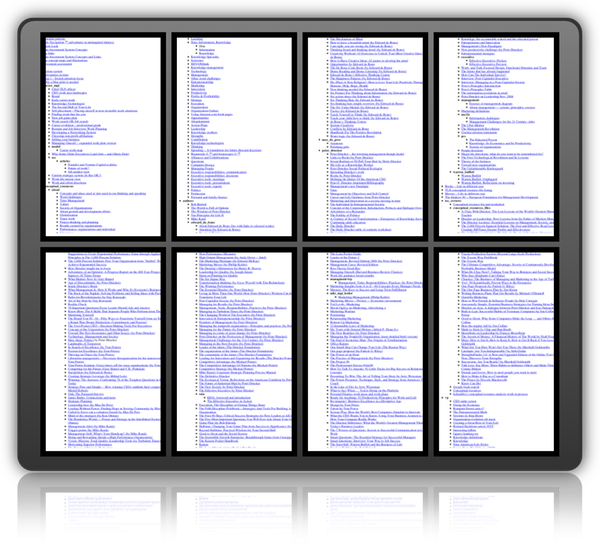|
An indication of the under-appreciated difficulty (euphemism) can be seen in the organization crisis stories in the news.
How Hewlett-Packard Lost the HP Way: Three CEOs in six years, boardroom changes, and other contributors to disfunction, Kodak, RIM …
Many of these organizations are/were not resource strapped—they didn't lack people with educational credentials or experience, money, facilities or the popular activities.
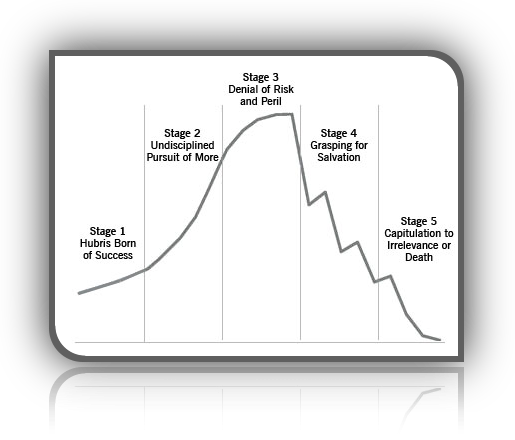
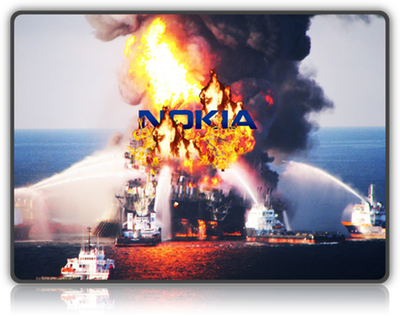
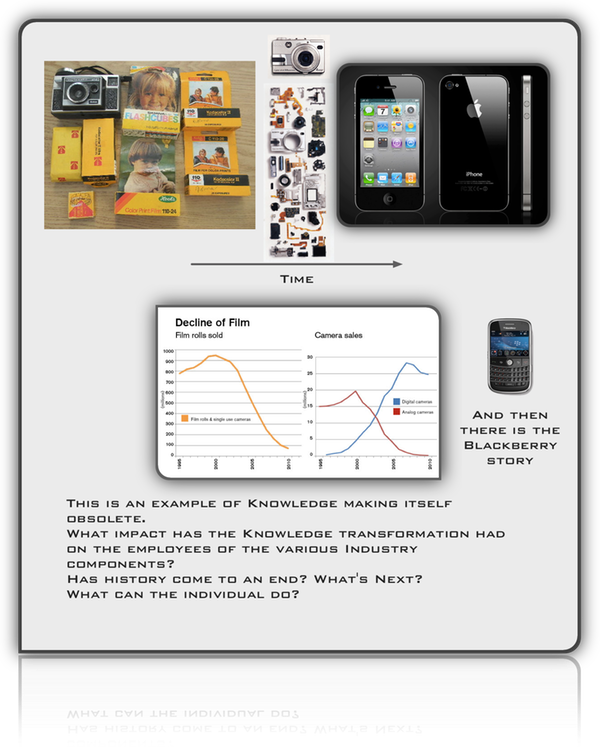
Just filing out strategic planning forms is not adequate to the challenges ahead.
Another indication can be seen in the few organizations that actually positively evolve and rise to prominence.
AS WE ADVANCE deeper into the knowledge economy, the basic assumptions underlying much of what is taught and practiced in the name of management are hopelessly out of date.
As every seasoned executive has learned, few policies remain valid for as long as 20 to 30 years. Nor do most assumptions about the economy, about business, about technology remain valid longer than that. Yet most of our assumptions about business, technology and organization are at least 50 years old. They have outlived their time.
... snip, snip ...
Management is the specific tool, the specific function, the specific instrument, to make institutions capable of producing results.
... snip, snip ...
Management's concern and management's responsibility are everything that affects the performance of the institution and its results—whether inside or outside, whether under the institution's control or totally beyond it.
Peter Drucker
Management's New Paradigm
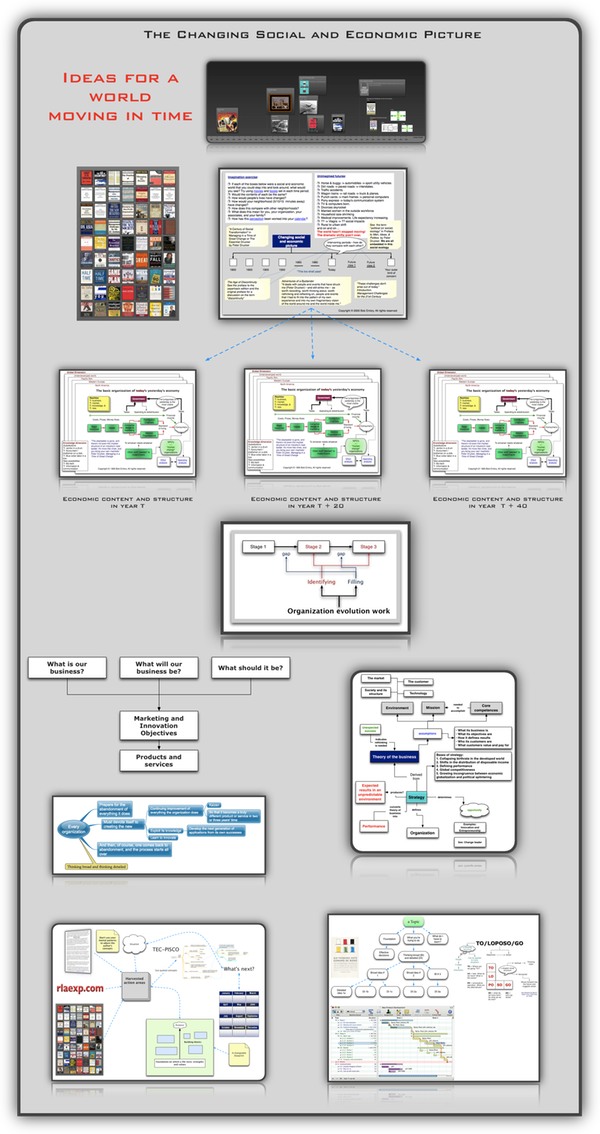

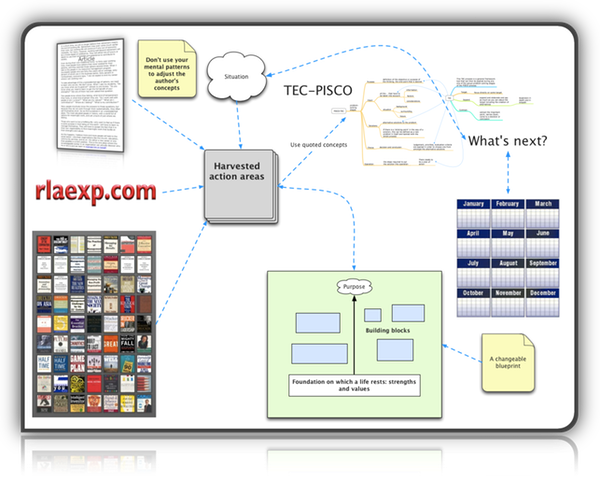
Career and Life Guidance from Peter Drucker
is attention-directing work

Larger
No one can work on things that aren't on their radar. The links above provide a radar system.
To benefit requires starting well before there is an obvious need.
After digesting the contents of this page, how can I help you?




What follows is so old …
Operational foundation
I've worked in over 60 different organization settings and over 40 different kinds of work assignments in the military (USAF, some NASA exposure), university (Vanderbilt Medical School), Fortune 200 corporate executive—a mix of operational financial planning/consulting, unique project work, and troubleshooting— in manufacturing, design/marketing (mostly apparel), and retail environments (extensive retail market exploration).
Extensive travel to a wide variety of cultural settings in the US, Canada, and Europe
General manager corporate restructuring—nuts and bolts of closing or selling divisions.
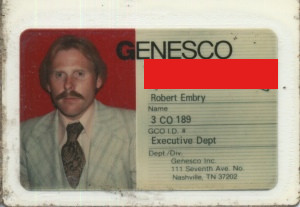
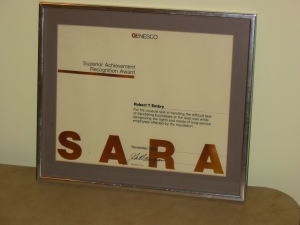
Former CPA
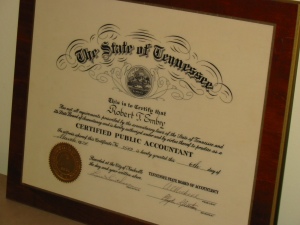
Conceptual foundation
Over 30 years of direct, full-time work have gone into developing the TLN site and background on which it rests. There was no Internet when I started working on this. There was just an instinct that something was wrong. At the time, I couldn't digest the paradox of a growing economy and so many organizations in crisis.
The aim of the background is both an external and long-term view of organization evolution (the main vehicle in delivering our standard of living) in the context of a world moving in time. Thinking several moves ahead and initiating the "right" sequenced actions is the essential thrust.
It is not possible to work on things that are not on one's "radar." In other words, the content of our active mental radar sets the limits of how we spend our lives. It is not very fruitful to work with yesterday's mental patterns in a world moving toward unimagined futures. Neither experience nor the formal education system—even at the highest levels—are adequate for navigating the roads ahead—as evidenced by the recurrent organization crisis stories the news.
The discreet items listed below are all part of a core reality and are inseparable from that reality.
The desire to pursue this background emerged from my own experiences in corporate restructuring and examining the histories of many prominent organizations from years ago—the ups, downs, disappearances and discontinuities. The following list portrays my search for what I now call an adequate work approach and foundation for future directed decisions.
Part of this background includes:
A meta-system moving in time
 exploring the economy—its content, structure, dynamics, and evolution. Explored my connections with the economy—what I consume, ultimate objective in doing so, desired improvements, desired new satisfactions etc. Reflected on the validity of this analysis in time. See snap shot of the economy—it contains links to: spending analysis, effort analysis, 2000 global brands, realities, strategic thinking chain, healthy financial architecture, small biz statistics, and the visible world around us. exploring the economy—its content, structure, dynamics, and evolution. Explored my connections with the economy—what I consume, ultimate objective in doing so, desired improvements, desired new satisfactions etc. Reflected on the validity of this analysis in time. See snap shot of the economy—it contains links to: spending analysis, effort analysis, 2000 global brands, realities, strategic thinking chain, healthy financial architecture, small biz statistics, and the visible world around us.
Conceptual resources
 reading and classifying hundreds of articles from Harvard Business Review. I abandoned this a long time ago. reading and classifying hundreds of articles from Harvard Business Review. I abandoned this a long time ago.
 dissected thousands of conceptual resources (books and articles) using computer outlining tools (Scrivener, OmniOutliner, Circus Ponies NoteBook, NoteTaker, DEVONthink Pro)
These are part of concepts to daily action—a dimension of calendarizing. Available on my hard drive. See tables of content (insight and methodology), my categorized conceptual resource list and foundational work. (note to self — see page 16 in resume.nb Part of this includes dissecting Michael Kami's (strategic planning at Xerox and IBM) Corporate Planning Process Manual and prototyping an implementation database—an inadequate work approach. I maintain a database (DEVONthink Pro) of articles—mental radar blips dissected thousands of conceptual resources (books and articles) using computer outlining tools (Scrivener, OmniOutliner, Circus Ponies NoteBook, NoteTaker, DEVONthink Pro)
These are part of concepts to daily action—a dimension of calendarizing. Available on my hard drive. See tables of content (insight and methodology), my categorized conceptual resource list and foundational work. (note to self — see page 16 in resume.nb Part of this includes dissecting Michael Kami's (strategic planning at Xerox and IBM) Corporate Planning Process Manual and prototyping an implementation database—an inadequate work approach. I maintain a database (DEVONthink Pro) of articles—mental radar blips
I'm extremely familiar with Peter Drucker's work (structured view) plus that of Edward de Bono (creative thought), Louis V. Gerstner, Jr., Mike Kami (strategic planning IBM and Xerox), Kenichi Ohmae (strategy), M. Porter (strategy and industrial economics), Tom Peters (too many to link), Steven Covey, J. Juran (quality), E. Deming (quality), E. McKay (marketing), Ted Levitt (marketing and general management), Philip Kotler (marketing), Al Ries and Jack Trout (marketing), Karl Albrecht (marketing), Max de Pree (leadership), Andy Grove (general management), C.K. Prahalad, Bob Buford, David Allen, Edward McKay, Elizabeth Haas Edersheim, Frances Hesselbein, Gary Hamel, Guy Kawasaki, Isao Nakauchi, Jim Collins, Joseph A. Maciariello, Marshall Goldsmith, Michael Watkins, Ram Charan, Taiichi Ohno, Benjamin Graham, Warren Buffett, and quite a few others. These ideas can be superimposed on the content, structure, performance and results in society's three sectors. Entrepreneurship. Innovation.
Day-to-day intel
 purposefully reading well over 50,000 newspaper and magazine articles on time-life navigation © events (includes extensive classification work). These events demonstrate the synthesis of the TLN dimensions (work life action management and organization evolution, life design, and financial investing) in action. purposefully reading well over 50,000 newspaper and magazine articles on time-life navigation © events (includes extensive classification work). These events demonstrate the synthesis of the TLN dimensions (work life action management and organization evolution, life design, and financial investing) in action.
Examples: My TLN Weblog (select articles); all recent articles contained in my DEVONthink article database (blog source); and earlier story titles. See Intel map, News analysis table.doc, and Jack Welch Book 2000 for relevance and importance.
Organization and investment performance
 an extensive amount of work on stock selection (similar to validea.com) and organization performance profiling including statistics on the distribution of performance measurements (over time) that can be found in Value Line and Forbes. Also investigated startups and venture capital. an extensive amount of work on stock selection (similar to validea.com) and organization performance profiling including statistics on the distribution of performance measurements (over time) that can be found in Value Line and Forbes. Also investigated startups and venture capital.
 1600 pages in Value Line Investment Survey and beta testing their software 1600 pages in Value Line Investment Survey and beta testing their software
 bios of the 400 wealthiest Americans and classifying their wealth sources bios of the 400 wealthiest Americans and classifying their wealth sources
Economic data
 exploring The Statistical Abstract, GNP and Federal Reserve reports and graphs (e.g. Business Conditions Digest) exploring The Statistical Abstract, GNP and Federal Reserve reports and graphs (e.g. Business Conditions Digest)
 over 100 research studies published by the Federal Reserve over 100 research studies published by the Federal Reserve
Information tools
 beta testing software and participating in a number of software communities (text analysis, concept mapping, graphics, and other work flow tools). Daily work includes reviewing new releases announced at MacUpdate. Part of the work flow involved in "concepts to daily action." beta testing software and participating in a number of software communities (text analysis, concept mapping, graphics, and other work flow tools). Daily work includes reviewing new releases announced at MacUpdate. Part of the work flow involved in "concepts to daily action."
 developing the capacity to create basic web sites and moderately complex web pages developing the capacity to create basic web sites and moderately complex web pages
 exploring thousands of web sites exploring thousands of web sites
The point of this background work: evolving social and economic terrain familiarity—a part of navigation capacity and the full range of organization evolution. The breadth of topics covered in the site is one indicator of that familiarity. We can only work with what's on our radar and within our attention span. The human brain only sees what it is prepared to see.
Research notes after I had trashed about half of them: view 1 and view 2
My key resources:
 Peter Drucker: Peter Drucker:
 Edward de Bono bio: Edward de Bono bio:
 Warren Buffett info: Warren Buffett info:
Connections:
-
Toward unimagined futures
-
Knowledge system view
-
Information challenges
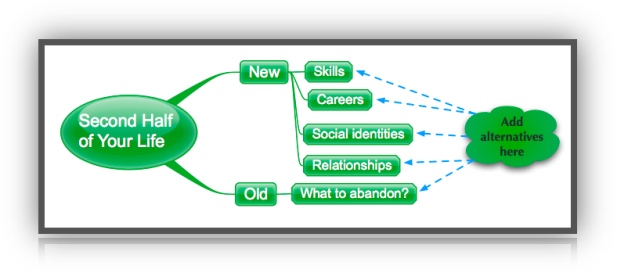
Need more info? Best way is to explore the web-site. Or send an email.
|
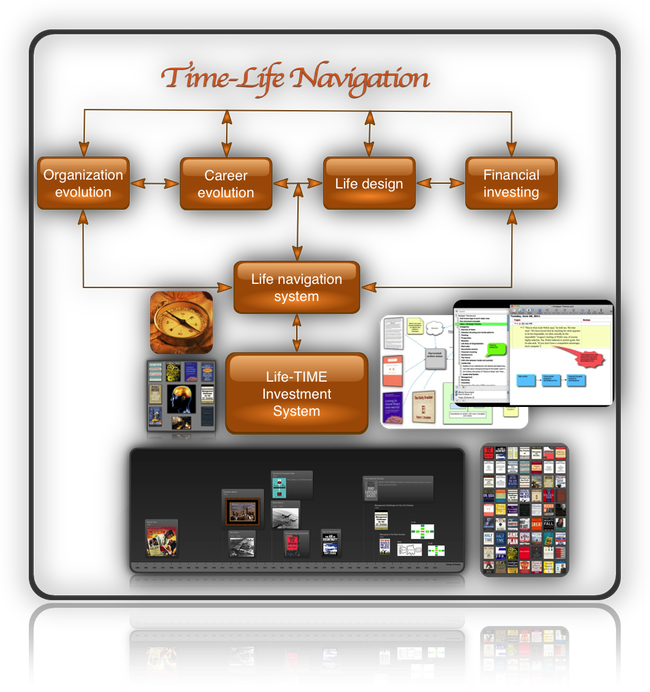

![]() TLN key links for a “surface” view of the topical landscape
TLN key links for a “surface” view of the topical landscape
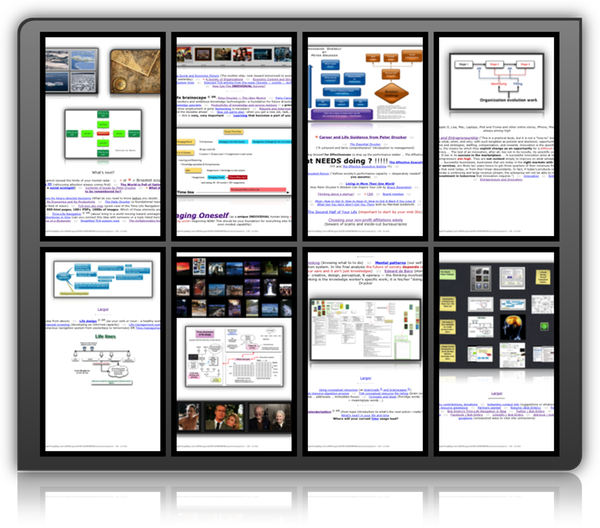
![]() … to explore beneath the surface, skim over the site map (over 500+ web pages and 100+ PDFs)
… to explore beneath the surface, skim over the site map (over 500+ web pages and 100+ PDFs)
